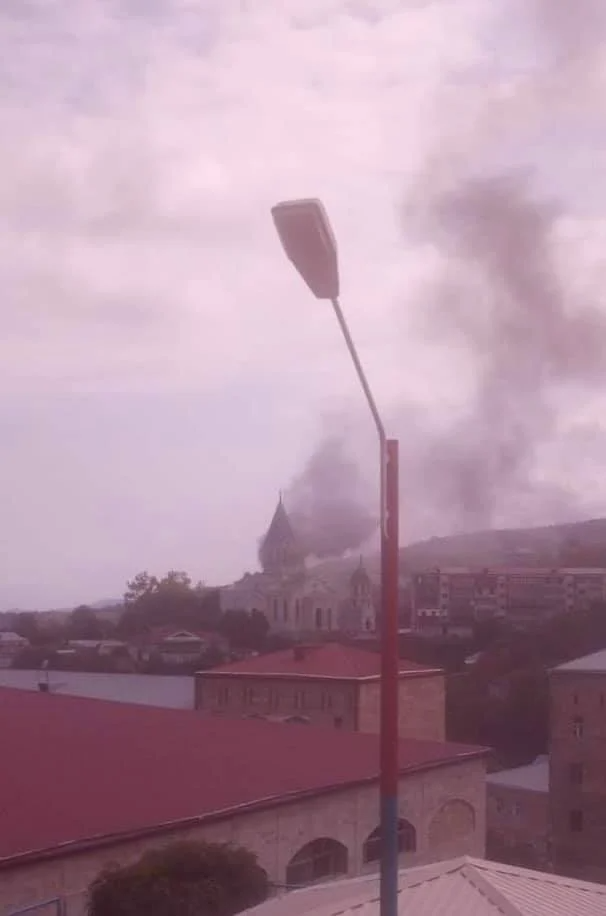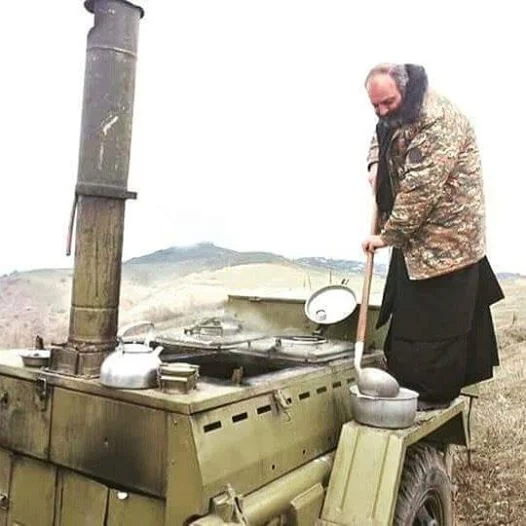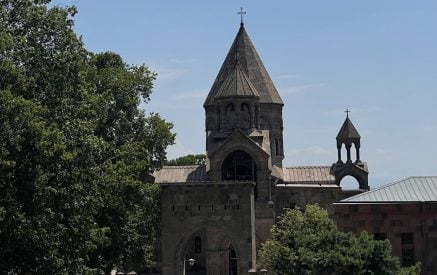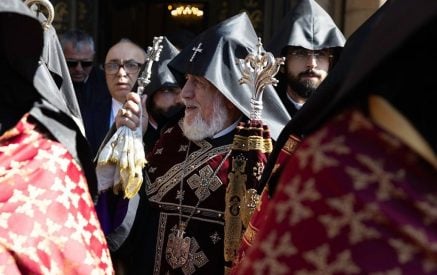“The Ghazanchetsots Cathedral in Shushi is, in essence, one of the greatest symbols of the revival and restoration of Artsakh. The rocket was fired on that very symbol,” Bishop Bagrat Galstyan, the primate of the Diocese of Tavush, told Aravot Daily regarding the attacks on the Ghazanchetsots Cathedral on October 8th.
The bishop was unable to say whether or not the church was specifically targeted. However, since the lives of our entire people are being targeted, the Ghazanchetsots Cathedral could not have been an exception. He considers the attack to be a symbol; it was an attack on our essence, identity, and existence.
The Holy Savior Cathedral, also known as Ghazanchetsots, was built between 1868 and 1887. After the Shushi Massacre in 1920, the church closed down. When Artsakh was under the rule of Soviet Azerbaijan, the church was used as a granary and later as a garage. The statues of angels in front of the church were also destroyed at that time. The church was in ruins until liberation, and the dome was destroyed. The Azeris’ GRAD missiles were being stored there during the Artsakh War. The church was completely restored after liberation and active since 1998.
Read also
Bishop Bagrat also called attention to another point. “Many people died in the war, especially on the enemy’s side. From a humane perspective, but also according to Islamic regulations, leaving dead bodies unattended is a sign of disrespect. It would be great if something is decided that would enable the bodies to be taken away. Of course, the leadership of Artsakh will likely do everything possible to provide the opportunity for them to come and retrieve their bodies. That way, they will also show respect.”
Nelly Grigoryan


























































